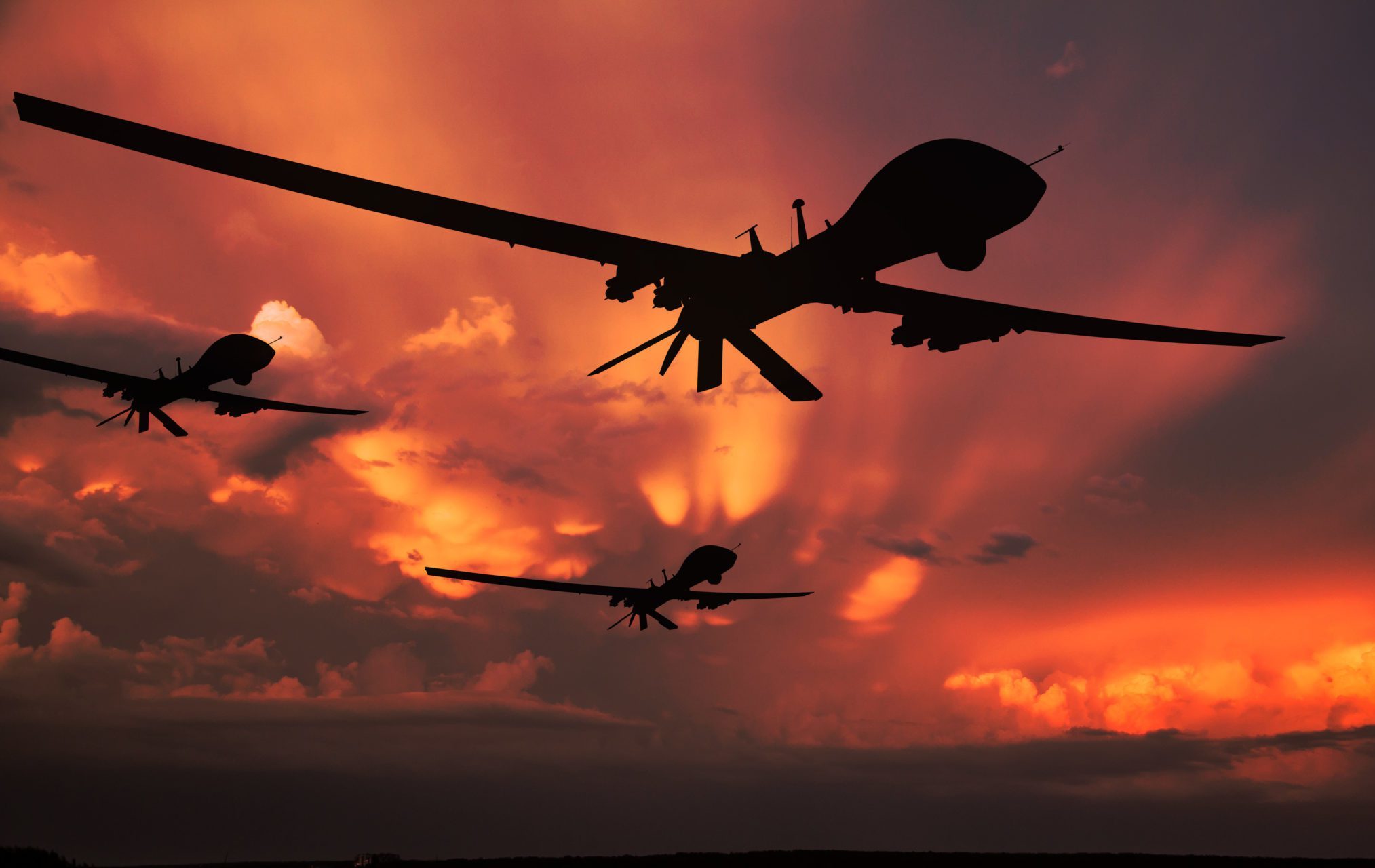


Loading the Elevenlabs Text to Speech AudioNative Player...
After Russian drones infiltrated Polish airspace on September 9, Radosław Sikorski, Poland's Foreign Minister, told the Guardian, “Interestingly, they were all duds, which suggests to me that Russia tried to test us without starting a war.”
“The drones didn’t reach their targets and there was minor damage to property, nobody was hurt. If it happened in Ukraine, by Ukrainian definitions, that would be regarded as a 100 percent success,” he said.
No one likes speculating about war and peace. The fact is that a bunch of Russian drones went into Polish and Romanian airspace. Three of those over Poland were shot down, the country’s airspace was closed off for a while, and NATO air forces from the UK and Netherlands took part in intercepting Russian drones. Those over Romania turned back, escorted out by the Romanian air force back into Ukraine. There was talk of a NATO–Russia war. Poland’s Prime Minister Donald Tusk said the country was closer to military conflict “than at any time since the Second World War.” When President Donald Trump shrugged on camera and said it might have been a Russian mistake, Tusk instantly replied that it wasn't.
It was unlikely to be a mistake. But it wasn’t necessarily a provocation or a probe. While mistakes are definitely possible with primitive small units—they can be fried or jammed, their batteries can die, weather can affect their propellers or flight, or manual error or GPS or fiber optic cables can affect their flightpath—the enormous units that were used in the incursion over Poland signal sophistication. The fact that these were duds, or decoys, add a level of planning and intrigue on top of that. Expensive Russian drones won’t just hover miles behind the actual zone of conflict to “test” anything. Everyone knows in an actual NATO–Russia war, those drones will be accompanied by intense missile barrages overwhelming the surface missile batteries and air defences. A major NATO–Russia war would not involve any probing or anything at a localized scale; it would be amped up to 11 from the start. The “test” theory falls flat, given that for such a conflict there’s nothing to test.
The other hypothesis is that this is a Russian signalling effort. Consider that in November 2024, the Russians declared that they have a medium-range hypersonic ballistic missile called Oreshnik; one night they dumped one with MIRVs on the Ukrainian city of Dnipro. The warheads were all duds. But the social media photos were something out of the worst apocalyptic scenario, half a dozen MIRVs saturating a city center, but without any secondary blast after the first kinetic impact—devices just ripping through the atmosphere at lightning speed, beyond the capability or deterrence of any human designed SAMs. President Vladimir Putin then went on TV and suggested that it was a demonstration that if Russia wants, it can strike any Western cities with the ultimate doomsday weapons; in no NATO–Russia war would humanity survive. It also showed that, despite the wishful thinking of the Atlanticists, Russian ballistic missile technology is fully operational, modern, and accurate; dropping empty payloads on a city of a million people is the clearest sign that they can escalate but choose not to, and that they are capable of turning us all into radioactive ashes.
One can imagine a similar scenario with the drones, albeit at lower stakes. Consider the political background: Talks between Ukraine and Russia are at an impasse. Neither side is capable of any more conquest so far. Russia’s summer offensive has not delivered the result it expected; the fighting over a bunch of villages is too slow, and winter is approaching. The Ukrainians on the other hand have enough money from Europe to sustain the conflict, and the manpower woes have not started to bite. While there are internal divisions becoming more prominent in Ukraine, with anti-corruption pressure building up from the EU, no split has happened so far. On top of that, the Europeans are still interested in putting boots on the ground with an ominously named “coalition of the willing.”
The drone incursions show a couple of things. As I have written before, we are at the dawn of an “offense-dominated” world. Small, cheap offensive platforms will always get in. And while war is still about holding territory and attrition, signalling only needs to show that deterrence works both ways; a $10,000 drone is capable of torching a platoon of NATO soldiers defended by $200,000 missiles that might or might not stop it or shoot it down. While neither Russia nor NATO are irrational enough to seek an actual nuclear conflict, this small act might put the final nail in the coffin of the ill-thought-out plan to have Western troops and peacekeepers in Ukraine prior to a negotiated settlement.
